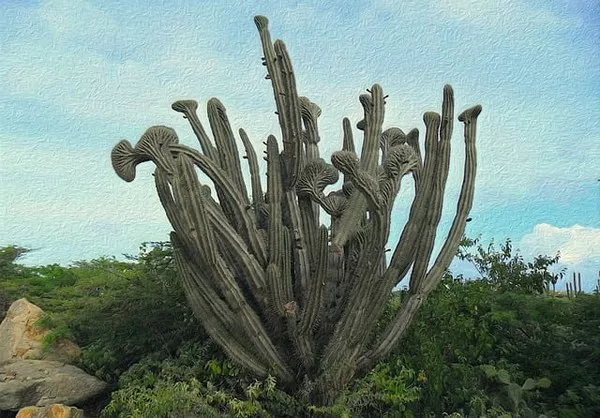Succulents, with their unique and captivating appearance, have become increasingly popular among plant enthusiasts and indoor gardeners. These hardy plants are well-suited for various environments, making them an ideal choice for both beginners and experienced gardeners. One common concern when it comes to growing succulents indoors is how to water them properly, especially when their containers lack drainage holes. In this article, we will explore the best practices for watering succulents without drainage and ensuring their optimal health and growth.
Understanding Succulents and Their Watering Needs
Succulents are known for their ability to store water in their leaves, stems, or roots, allowing them to thrive in arid and semi-arid regions. This adaptation enables succulents to endure extended periods of drought, making them low-maintenance plants. When cultivating succulents indoors without drainage, it is crucial to mimic their natural habitat and provide adequate care to prevent root rot and other moisture-related issues.
Choosing the Right Container
Selecting an appropriate container is a fundamental step in successfully growing succulents without drainage. Opt for a container made of materials that provide breathability and allow excess moisture to evaporate. Unglazed clay pots, terra cotta containers, and wooden boxes are all excellent choices. These materials allow air to circulate around the roots, reducing the risk of root rot.
Selecting a Well-Draining Soil Mix
To compensate for the absence of drainage holes, it is essential to use a well-draining soil mix that minimizes water retention. Create a custom blend by combining regular potting soil with coarse sand, perlite, or pumice. This mixture will ensure that excess moisture can easily escape, reducing the chances of overwatering.
Watering Frequency and Amount
Succulents have unique water requirements, which largely depend on factors such as the species, environmental conditions, and container type. When watering succulents without drainage, follow these guidelines:
1.Monitor the Soil Moisture: Before watering, assess the moisture level of the soil. Insert your finger about an inch deep into the soil; if it feels dry, it’s time to water.
2. Water Sparingly: Succulents prefer infrequent but deep watering. Rather than lightly misting the soil surface, water the plant thoroughly until water begins to seep from the bottom of the container. Allow excess water to escape, ensuring that the roots do not sit in standing water.
3. Avoid Waterlogging: Overwatering is a common mistake that can lead to root rot. It is better to underwater than to overwater succulents. Err on the side of caution, as succulents can tolerate drought better than excessive moisture.
4. Seasonal Adjustments: Adjust your watering schedule based on the changing seasons. Succulents are more active during their growing season (typically spring and summer) and require less water during dormancy (usually fall and winter).
5. Observe and Adjust: Regularly observe your succulents for signs of underwatering or overwatering, such as wilted leaves, yellowing, or mushy stems. Adjust your watering routine accordingly to promote healthy growth.
Additional Care Tips
Apart from proper watering techniques, there are other care practices that can contribute to the success of succulents grown without drainage:
1.Provide Adequate Light: Succulents thrive in bright, indirect sunlight. Place your container near a south- or west-facing window to ensure they receive the light they need. Rotate the container occasionally to ensure even growth.
2. Temperature and Humidity: Succulents generally prefer warm and dry environments. Avoid placing them in overly humid or drafty areas, as excessive humidity can exacerbate moisture-related issues.
3. Fertilization: During the active growing season, provide a diluted, balanced fertilizer every 4-6 weeks. Avoid fertilizing during the dormant period.
4. Repotting: As succulents grow, they may outgrow their containers. Repot them into slightly larger pots with proper drainage when necessary. This allows for better root development and prevents overcrowding.
Conclusion
Watering succulents without drainage holes may seem challenging, but with the right knowledge and practices, it can be a rewarding experience. By selecting suitable containers, using well-draining soil, and adhering to proper watering techniques, you can create a thriving indoor succulent garden. Remember that succulents are resilient plants, and a little extra care in maintaining appropriate moisture levels will go a long way in ensuring their health and longevity. With patience and attention, you can enjoy the beauty of these unique plants in your home or office.


